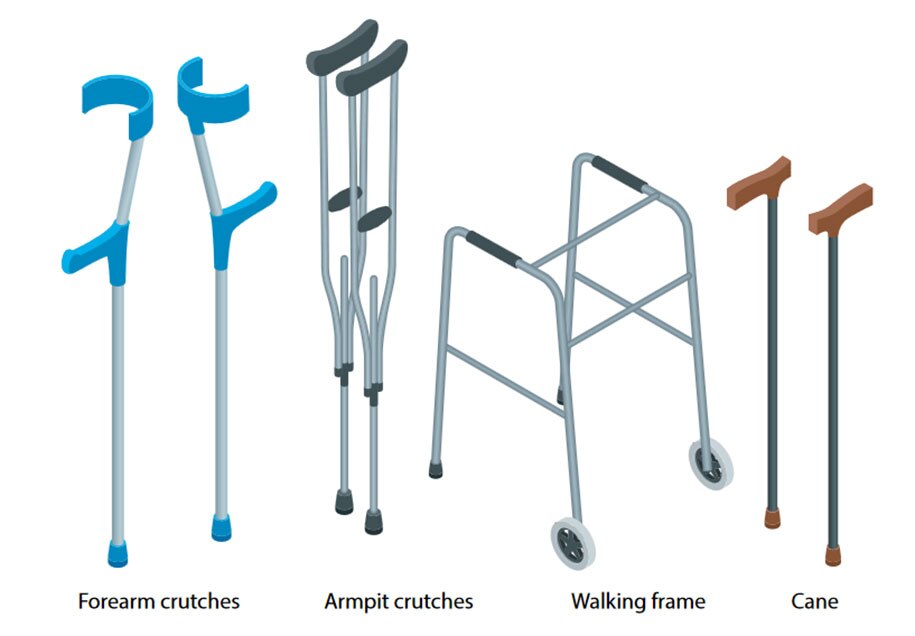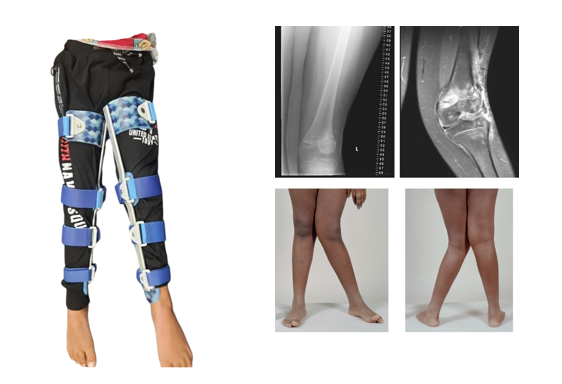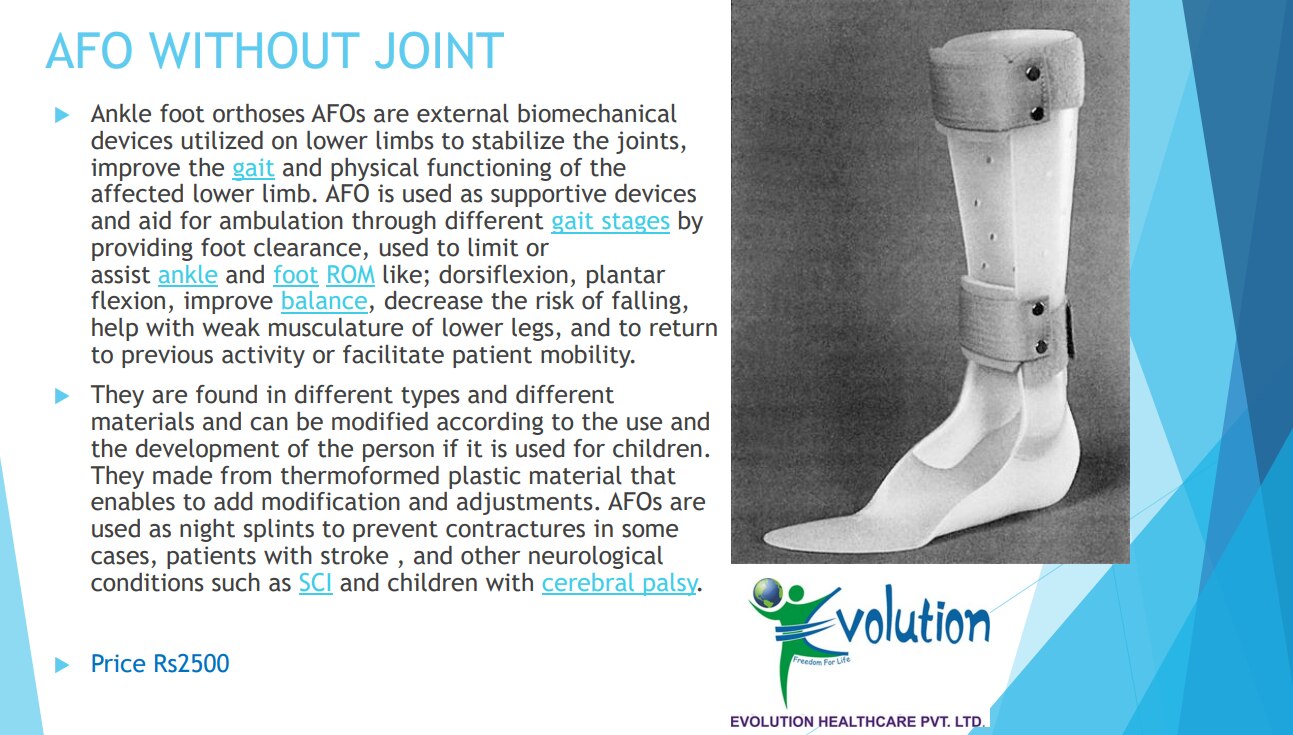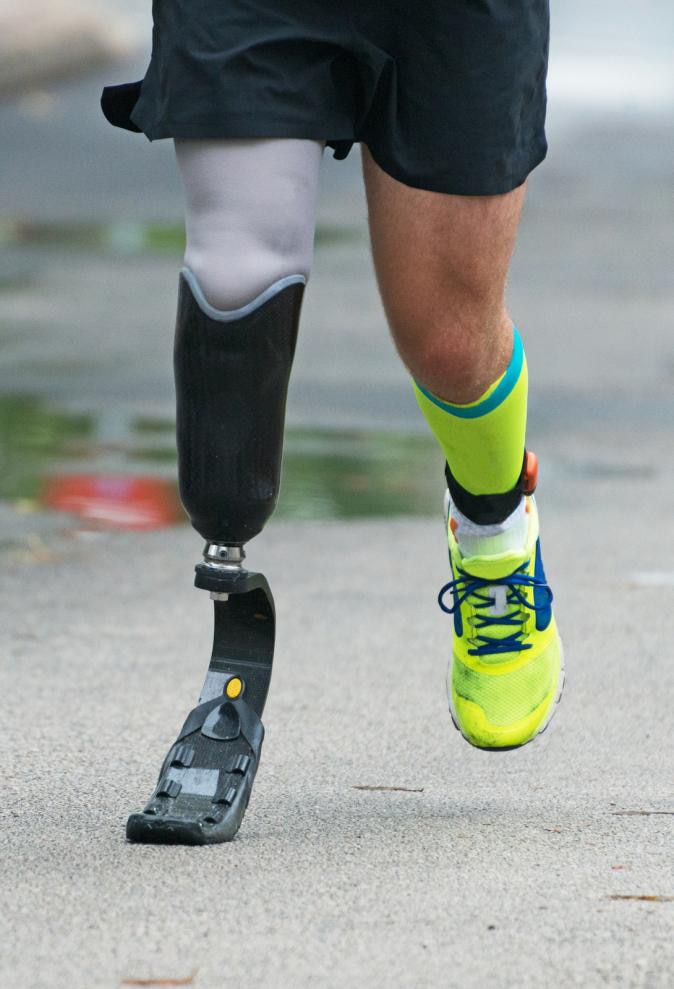A walking aid is a device designed to assist individuals with mobility issues in walking or maintaining balance. It provides additional support and stability, improving the user's confidence and reducing the risk of falls. Here are some common types of walking aids: Canes: Canes are the simplest walking aids and provide basic support. They come in various designs, such as single-point canes, quad canes (with four points), or offset canes. Canes are suitable for individuals who require minimal assistance or stability. Crutches: Crutches are typically used when one leg is injured or unable to bear weight. They come in two types: underarm crutches and forearm crutches. Underarm crutches extend under the arms, while forearm crutches have cuffs that wrap around the forearm. Crutches require good upper body strength and coordination to use effectively. Walkers: Walkers are sturdy frames with four legs that provide excellent stability. They are ideal for individuals who need substantial support or have difficulty maintaining balance. Walkers can be further classified into standard walkers, wheeled walkers, and rollators. Rollators have wheels and brakes, providing more mobility and maneuverability. Walking Frames: Walking frames are similar to walkers but typically have two wheels at the front. They offer stability and support while walking and are suitable for individuals who need assistance but have better balance than those requiring a walker. Knee Walkers/Scooters: Knee walkers or scooters are alternatives to crutches for individuals with lower leg injuries or surgeries. They have a padded knee rest and wheels, allowing the user to propel themselves forward while keeping the injured leg elevated. The choice of walking aid depends on the individual's specific needs, abilities, and the nature of their mobility issues. It's important to consult with a healthcare professional, such as a physiotherapist or doctor, who can assess the user's condition and recommend the most appropriate walking aid for them. Walking Aid Manufacturer in Pune, Kolkata, Surat, India. We Supply all over India.




